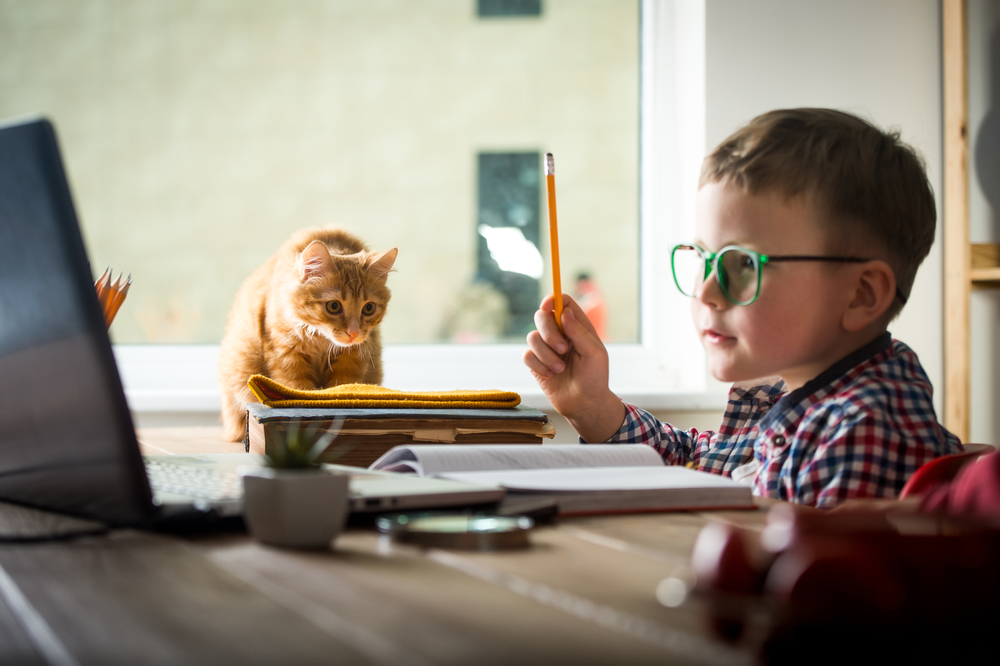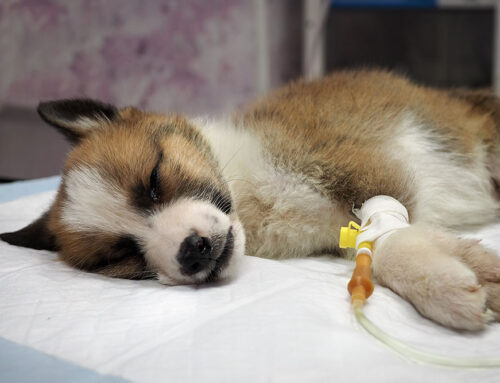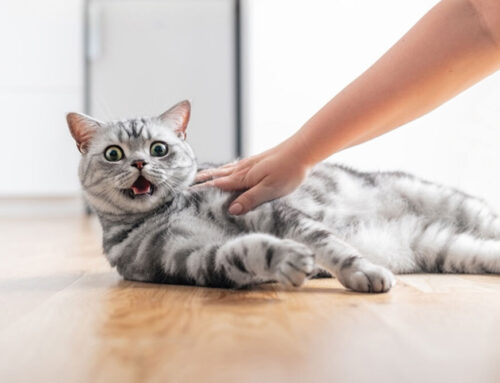As you buy your children’s school supplies and update their wardrobe for the new school year, don’t forget about your pet, who likely will be upset by the sudden change in routine. Our team at Countryside Veterinary Hospital wants to help by offering tips on preparing your pet for when your children go back to school.
#1: Allow time for your pet to adapt to the new schedule
Everyone, including your pet, needs time to adjust to the new school year schedule. If possible, start the new schedule about two to three weeks before school begins, so everyone in your household can gradually adapt. Tips include:
- Set your alarm clock — Set your alarm clock so your family and your pet can get used to getting up and starting the day early.
- Simulate a normal school day — Make breakfast and have your children get dressed so your pet adjusts to the regular school day commotion.
- Adjust meal times — During the school year, your dog may be left at home for longer periods, and you may need to adjust their meal times accordingly, so they can relieve themselves before you leave the house in the morning.
#2: Properly identify your pet
School mornings can be hectic. Lunches must be made, school books must be found, and buses must be caught. In the ensuing melee, your pet may decide to escape. Before the school year begins, ensure your pet is properly identified in case they go missing. Tips include:
- Microchip your pet — Microchipping your pet is the best way to provide permanent identification. Once the chip is placed, you need only to keep your contact information updated in the microchip registry to significantly increase your chances of a reunion with your pet should they go missing.
- Tag your pet — In addition to the microchip, your pet should wear a collar and identification tags with your current contact information.
- Photograph your pet — Keep a current photo of your pet that you can post in your neighborhood should they go missing.
#3: Give your pet alone time
During the summer, your pet has likely been spoiled with constant companionship. Ensure they have time alone now, so they aren’t distressed when your children return to school. Tips include:
- Create a safe haven — Designate a room as your pet’s own safe place, and provide comfortable bedding and a good toy supply.
- Spend time in another room — Take your pet to their safe room, offer a food puzzle toy, and go to another room once they are distracted, so they get used to entertaining themselves.
- Leave the house — Start by leaving for short periods, and gradually increase the time you are away from home, so your pet acclimates to your absence.
- Watch for separation anxiety — Some pets experience extreme anxiety when left alone, which should be addressed by a veterinary professional. Signs include increased vocalization, urinating or defecating inappropriately, destructive behavior, and attempting to escape. This condition significantly affects a pet’s quality of life, and they may need help with behavioral modification and drug therapy.
#4: Stimulate your pet
Your pet may get bored if left alone for long periods, which can negatively affect their quality of life and lead to destructive behavior. Tips to help prevent pet boredom include:
- Exercise your pet — Exercise your pet in the morning before you leave—a strenuous exercise session will tire them out, and they will more likely want a nap after you leave.
- Provide toys — Ensure your pet has a wide variety of appropriate toys that will keep them distracted, and they won’t be tempted to chew on your belongings. Leaving them with a food puzzle toy is a great way to keep them mentally stimulated.
- Leave music playing — Play music or leave on the television to provide auditory stimulation for your pet. Try out several types of music to determine your pet’s preference.
- Schedule play dates — If possible, have a friend bring their pet to your home for a play date, to provide a distraction during the day.
#5: Keep your child’s school supplies inaccessible to your pet

Ensure your pet doesn’t raid your child’s backpack or lunch box. Several common foods, medications, and school supplies pose a danger for pets, including:
- Chocolate — This sweet treat contains theobromine and caffeine, which stimulate the central nervous system in pets.
- Grapes and raisins — These lunch box staples contain an unknown toxin that causes kidney failure in pets.
- Xylitol — This artificial sweetener, commonly found in sugar free gums and candy, causes a sudden insulin release in dogs, resulting in hypoglycemia.
- Small objects — Any small object can become a choking hazard or be swallowed, resulting in a gastrointestinal obstruction.
- Art supplies — Art supplies that don’t contain an approved product (AP) or cautionary label (CL) can be toxic to your child and your pet.
- Epinephrine pens — If your dog ingests epinephrine, they can experience vomiting, diarrhea, seizures, and collapse.
- Attention deficit hyperactivity disorder (ADHD) medications — These drugs are stimulants, and can cause excitability, increased heart rate, body temperature, and blood pressure in your pet if ingested.
- Albuterol inhalers — If your pet chews on an albuterol inhaler, their heart rate can rise to dangerous levels.
Back to school is an exciting time for most, but perhaps not for your pet. However, you can take steps to ensure they are not too upset by the process. If you are concerned your pet is affected by separation anxiety, contact our Countryside Veterinary Hospital team, so we can determine the best way to address the problem.








Leave A Comment